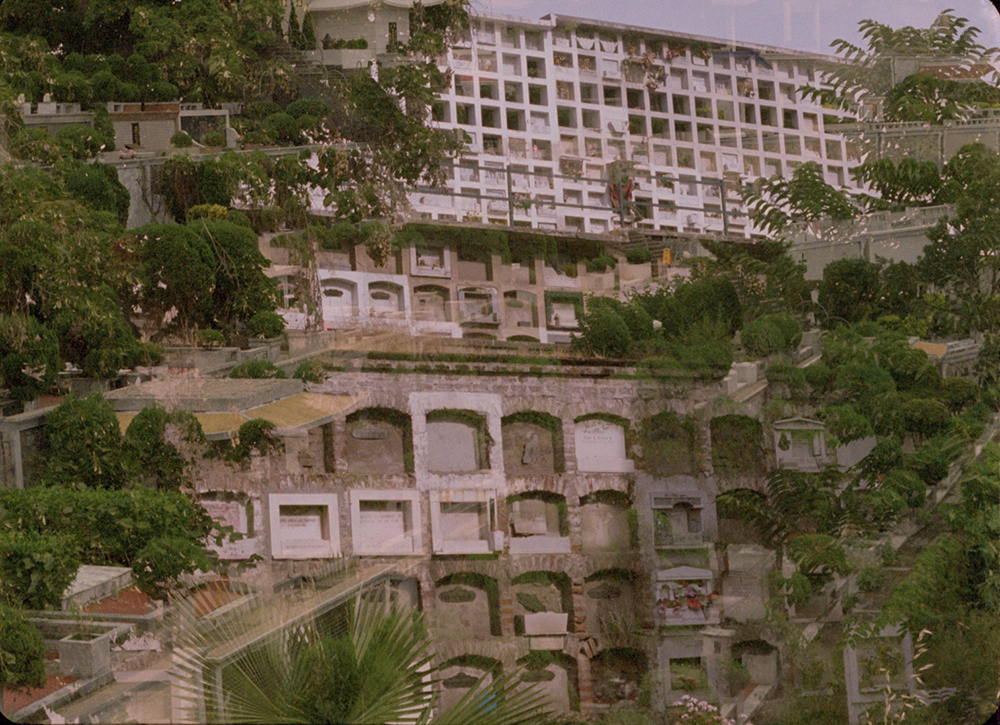“In Wind Water Ruiz stages a three-way dialogue between three great cultures: the West, China and Arabia. He imagines what might occur if Shih-T’ao’s six poetic procedures for attaining the primal respiration or cosmic breath in painting were applied to one of the flagships of Western art, Velazquez’s Las Meninas. Ruiz wants the three cultures to interact and test each other like the paper, stone and scissors of the children’s game. The result is an insoluble dispute, a différend. No reconciliation or compromise is possible between these cultural outlooks. If Shih-T’ao has the first word, inevitably the man from the West has the last. In between, the West Wind, speaking in Arabic, proclaims the other’s words to be nonsense, and declares that what we see in great art is the work of angels. But, in the end, these disparate discourses barely hold out against the filmmaker Ruiz, the man from the Americas, whose images portray a world in tatters. The figures in Las Meninas fly out of the frame, fragmenting any attempt to create the perfect harmony sought by other aesthetic approaches.” (Fergus Daly)
“I see obsessives everywhere, and I suppose I am one. I see only books about cinema. I open the Bible, it’s about cinema. I go to China, everything’s about cinema. Cooking book — about cinema. Wind Water is part of a series of films for TV in which filmmakers like Paul Schrader and Atom Egoyan explained a painting in four minutes. I chose Velazquez’s Las Meninas. It’s a sort of primitive animation narrated in French with voice overs in Old Arabic, Spanish for the dog in the painting, and Mandarin for the 18th century Chinese painter Shih-T’ao, who explains the painting and who wrote a treatise that I use constantly, ‘Reflections on Painting by the Monk Bitter Pumpkin’.” — Raúl Ruiz, Film Comment, Jan / Feb 1997.




